|
2
0
0
0
B
C
|
2000 BC
XIA
DYNASTY
2100.1600 BC
|
|
The first recorded history is
from the Xia
Dynasty. Several excavations throughout China
indicate it was an emerging bronze culture
preceding the Shang Dynasty.The develop-
ment of decorated ceramics and bronze
technology began in the Neolothic period and
continued into the Xia Dynasty
|
|
|
1
5
0
0
B
C
|
1500 BC
SHANG
DYNASTY
1600.1027
BC
|
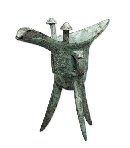
|
This period is
marked by many powerful innovations: the development of a
written language, the creation of a complex bronze
technology, the refinement of ceramic production processes
and the organization of a war-like civilization relying on
horse-drawn chariots
|
|
|
1
0
0
0
B
C
|
1000BC
ZHOU
DYNASTY
1100.256 BC
|

|
During the
Zhou Dynasty, China changed from a
mixed agricultural and hunting society into an
organized urban and feudal agricultural state.
The two main Chinese philosophies-
Confucianism and Daoism-date to this
period. Proof of Zhou woodwork and lacquer-
work has been found, along with evidence of
brush painting, especially illustrated text on silk
|
|
|
2
0
0
B
C
|
200 BC
QIN
DYNASTY
221.206 BC
|
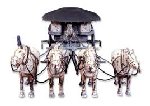
|
Shi Huang Di,
the self-declared "First
Emperor", began construction on the Great
Wall of China as well as a network of roads
during the Qin Dynasty. He standardized script,
coinage, weights and measures, and even created
a centralized bureaucracy. However, Shi Huang
ruled with such harshness that his empire
crumbled in rebellion shortly following
his death.
|
|
|
0
A
D
|
0 AD
HAN
DYNASTY
206BC.220AD
|
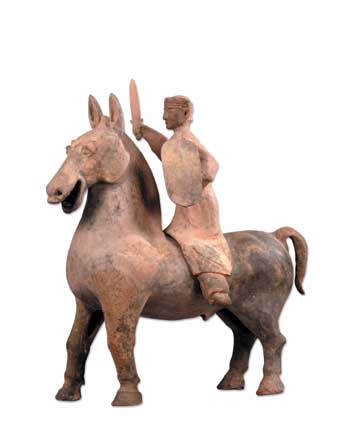
|
Even today, Chinese call
themselves "the people
of Han," indicating the long-ranging influence
of the Han Dynasty. Scholars reconstituted both
Confucianism and Daoism during this period,
adapting it to contemporary concerns,
particularly the preoccupation with achieving
immortality and longevity. The Han Empire was
in contact with India, Southeast Asia, Central
Asia and the Mediterranean world. Scale and
diversity are reflected in the art from this
period. Bronze and metal work exhibited the
dynasty's inclination towards elegance and
detail while ceramics and iron-glazed stoneware
continued to be developed and refined
|
|
|
5
0
0
A
D
|
500 AD
SUI
DYNASTY
581.618AD
|
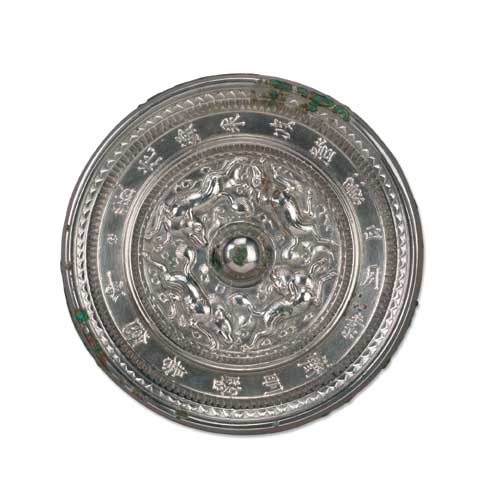
|
Between the
fall of the Han Dynasty and the
reunification of the empire under the short-
lived Sui Dynasty, political unrest, cultural
intermingling and Buddhism swept China.
Buddhism became the great patron of the arts.
Three main styles emerged: Archaic, Elong-
ated and Columnar. Great achievements were
made in stone and clay figural sculpture. The
earliest known great Chinese masters of paint-
ing and calligraphy came from the Sui Dynasty.
|
|
|
8
0
0
A
D
|
800 AD
TANG
DYNASTY
618.907 AD
|
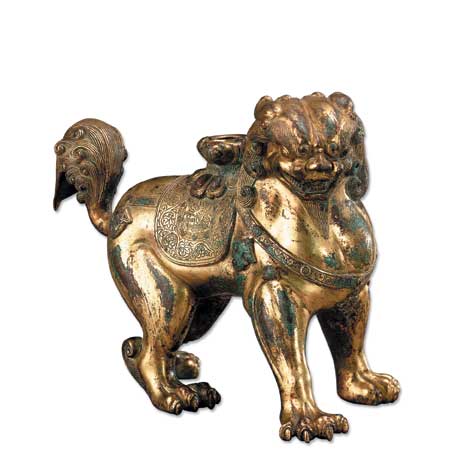
|
During the Tang Dynasty, China
became a great
world empire extending from the Caspian Sea
to the Pacific, from Manchuria and Korea in the
north into Vietnam in the south. Art and literature
from the period mirrored the stability cosmopolit-
anism and strength of the mighty empire. Sculpture
was amply proportioned and three-dimensional.
China's significant contribution to the art world at
this point was landscape painting. Advanced
ceramics were created in earthenware and stone-
ware with precious materials such as gold, silver,
gemstones and jade. By the end of the Tang, the
north was producing a pure white porcelain known
as Xing ware.
|
|
|
1
0
0
0
A
D
|
1000 AD
SONG
DYNASTY
960.1279
|
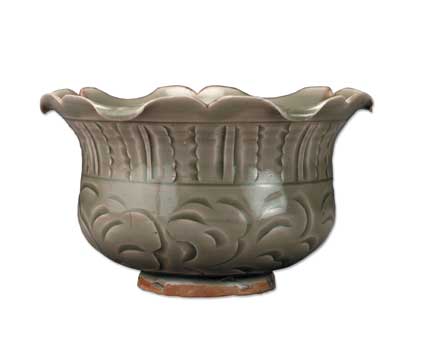
|
Unique unto
itself, the Song Dynasty featured a
wealth of first-rate Chinese artists and thinkers
who were also capable as government administra-
tors. Education was readily available-public,
private and religious schools were abundant.
Woodblock printing made an increasing variety of
books more widely available. Scholars were
respected while militarism was suspect. Late Tang
landscape painting was transformed into a mature,
unified art through disciplined and creative
brushwork. The subtlety and smoothness of the
Song pieces directly contrasts with the sharp
angled forms of the Tang and earlier dynasties.
|
|
|
1
3
0
0
A
D
|
1300 AD
YUAN
DYNASTY
1271.1368
AD
|
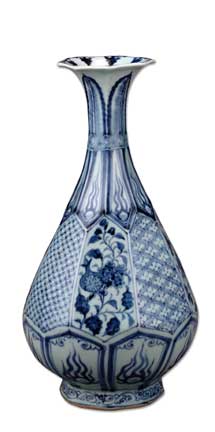
|
The formation of the Yuan
Dynasty was the first age of foreign rule in China. Although
Genghis Khan, leader of the Mongols, died in 1227, his heirs
continued the onslaught in China. Kublai Khan became emperor
of China in 1280. During this period, a new school of
"literati" painting was founded by four masters who refused
service under the Yuan Dynasty. They emphasized calligraphic
technique, along with purity and cleanliness in mood.
Painting became a vehicle of intellectual and emotional
self-expression for the artist as well as an object of
aesthetic contemplation for the viewer.
|
|
|
1
5
0
0
A
D
|
1500 AD
MING
DYNASTY
1368.1644 AD
|
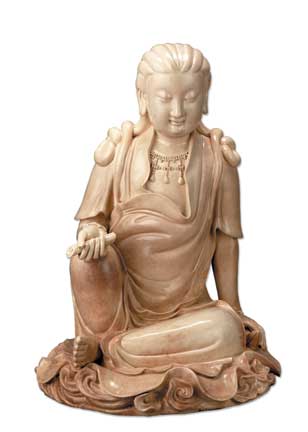
|
The Ming Dynasty was
founded by
the peasant-born Hong Wu. He began
the much-needed agrarian reform in China.
Defensive measures included the replace-
ment of the Great Wall with a fortified wall
of solid masonry. Although plagued by
factionalism in the courts, the arts
flourished. Many forms of artistry reached
new heights of achievement during the Ming
Dynasty, including: temple design, embroidered
silks, lacquer ware and porcelain, sandalwood
carvings, and even the novel, plays, operas,
music and poetry.
|
|
|
1
8
0
0
A
D
|
1800AD
QING
DYNASTY
1644.1911AD
|
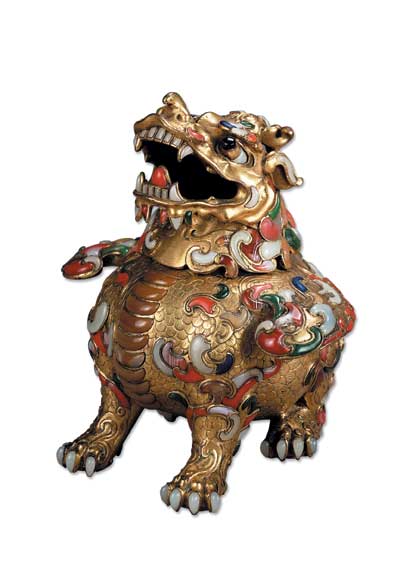
|
The Qing Dynasty was the second era of foreign
rule in Chinese history. Despite political turmoil
which eventually led to the Chinese Republic in
1911, the Qing era maintained the Ming tradition
of superiority in the arts. The ceramics industry
expanded and produced a variety of porcelains for
European consumption while technical virtuosity
and artistry were unmatched in works of jade, silk
tapestry and embroidery.
|
|









